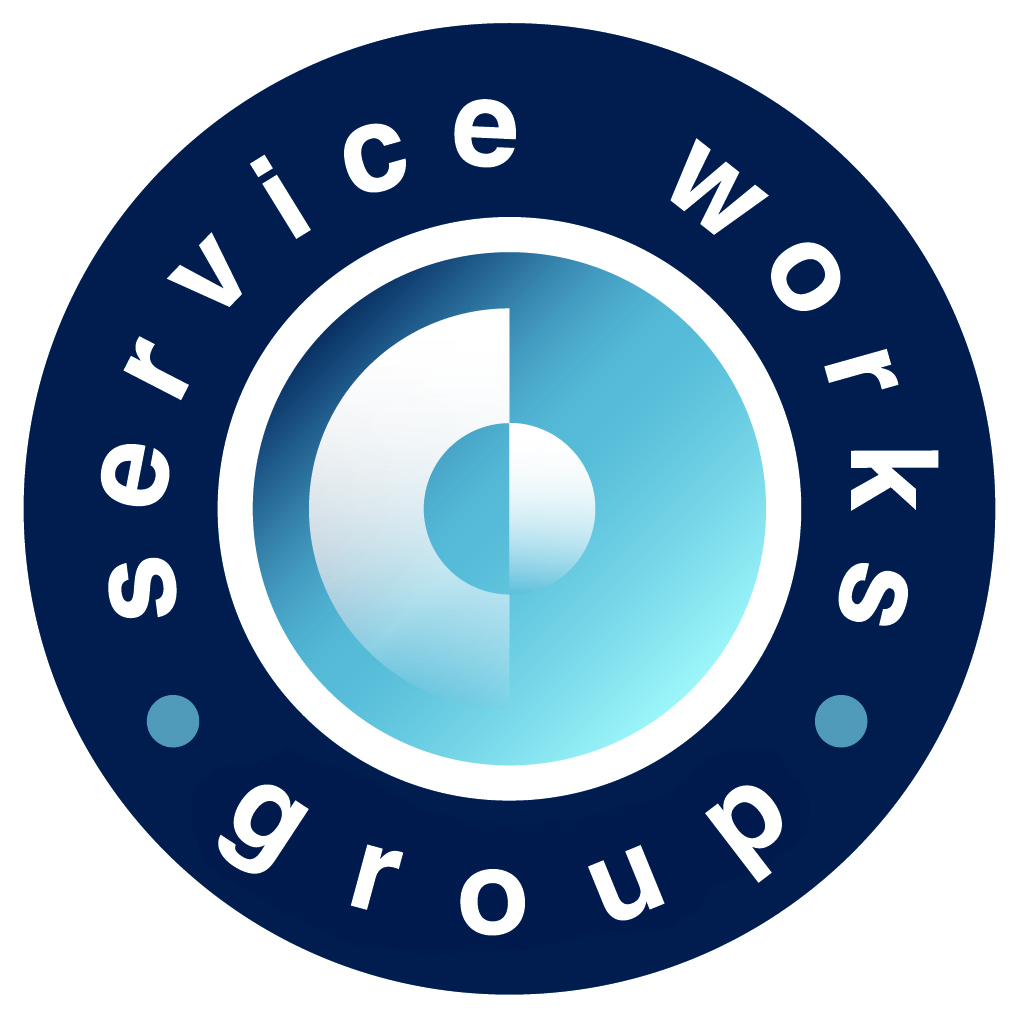Stoptober, Dry January, Veganuary: the desire to give up something in a community situation has become rather fashionable of late. Giving up chocolate or smoking for a month is good for self-control and health, but why not also take stock of your professional life and consider giving up bad FM practices to form positive habits instead.
Give up wasting resources
The idea of giving up plastic for Lent has hit the media this year following an increased focus on global pollution and recycling. FM leads the way in making environmental swaps for the organisation – be it energy savings or reducing the availability of plastic or non-recyclable resources like single use cups and straws. Within the FM team directly, insight into stock management can be provided by a CAFM system to prevent over ordering and leaving profit sitting on the shelf for long periods of time. Parts and consumables can often get left until the equipment has reached the end of its lifespan and can be of no further use, wasting both money and materials.
Give up the guesswork
While intuition plays a big part in facilities management, sometimes leaning on computers instead is beneficial. In creating a maintenance schedule, an FM may have a gut feel on how often a particular asset requires maintenance, but asset lifecycle management tools within CAFM software accurately calculate the asset’s lifetime costs, capture all maintenance and expenditure such as purchase as well as parts and labour, and work out if it’s more effective to proactively or reactively maintain assets as well as scheduling it around other works, or if replacement is a better option entirely.
Guesswork can be removed from the help desk, even for those stalwarts who know each operative and their schedule. CAFM can automatically assign jobs to the most suitable operative, based on the required skills, availability and location, so those new to the help desk or juggling multiple tasks can reduce the risk of sending the wrong person out.
Compliance can also be taken care of through software. For example, if a job takes place in an area of known asbestos, an alert is clearly shown via the CAFM app to inform the worker and allow them to take appropriate precautions. Alerts can be added at any stage of the job, such as a working at heights risk assessment or list of questions to check during an inspection or audit, ensuring the operative is completely clear what is expected of them in each situation.
Give up wasting time
While it may seem initially time consuming to set up CAFM, the investment yields great time savings and the benefits are now more widely understood. Our last FM software survey found that 30% more respondents than in 2016 were integrating their CAFM tools with other systems such as building management software (BMS), health and safety, and finance. Integration allows the systems to communicate with each other and securely share data, promoting accuracy because information only needs to be keyed in once. This data sharing reduces work for the FM team as the system gains a degree of autonomy – for example, when the BMS identifies a fault, it is reported directly to the FM software and raised as a job automatically.
Working with a paper-based system, or with CAFM software with no mobile app, means operatives need to return to base to collect job sheets which are subject to being out of date, incomplete or even mislaid. An app, combined with a tool for the automatic allocation of work, streamlines the work process greatly. Operatives will always see the most up to date job information and can access asset history and manuals on screen. Updates are saved directly onto the FM database, meaning that it does not need to be typed in by the busy helpdesk team and is instantly available for reporting.
A step at a time
CAFM systems evolve as the FM team grows and sometimes require recalibrating to ensure they meet the organisation’s key objectives. SWG clients can request a health check to see how small changes to their operation can improve performance – contact us here to arrange an appointment.
If you would like to keep up to date on the latest industry and technology developments, sign up to receive Service Works’ blog straight to your inbox:






